Click the following links to view and download project-related publications and resources, including FREE research articles, art/comic books, and network science activities!
Network Science Activities
Network Science
Activity Guide Introduction
Welcome to the Worlds of Connections network science activity guides. You can use these engaging, hands-on activities to build community in clubs, classrooms, and camps; develop systems thinking and network science knowledge; plus promote curiosity and opportunities to discover.
Download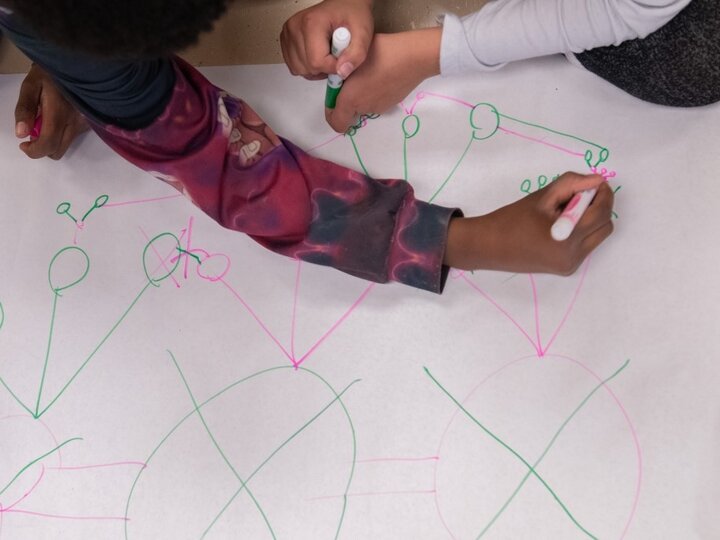
Network Science
Core Concepts
Visualization, interdependence, position, and scope are core themes for using network models to analyze systems. A network 1) is a set of relationships, 2) shows how things are connected, and 3) reveals hidden information.
Download
Network Science
Hoop Network
Youth will demonstrate how parts of a network are interdependent.
Download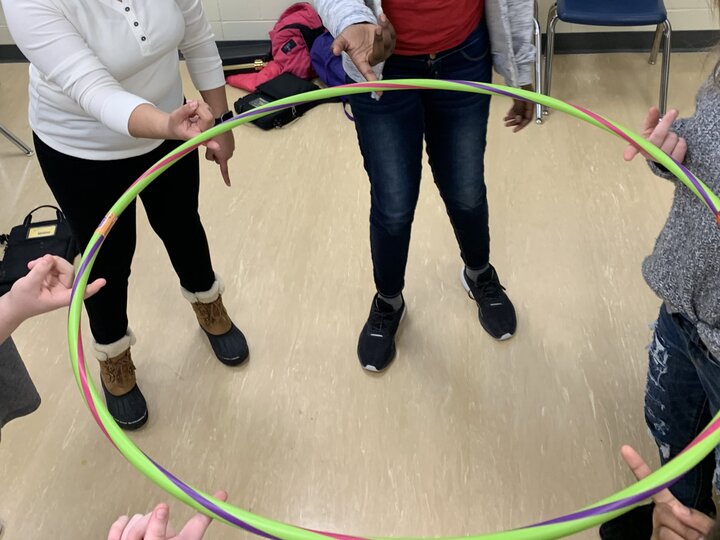
Network Science
Me and My Network
Youth will model their social connections as systems related to their identities. Youth will be able to understand the social relationships in their lives as part of social systems related to their identities and model these social systems as ego-networks.
Download
Network Science
Eye Spy Networks
Youth will identify components of network graphs and interpret relationships modeled by the network graphs. They will develop curiosity by asking questions about connections and network graphs.
Download
Network Science
String Network
Youth will understand and demonstrate the importance of building and recognizing connections in a community. They will make a network model that reveals connections that may seem invisible until youth trace them. Youth will learn about the concept of six degrees of separation.
Download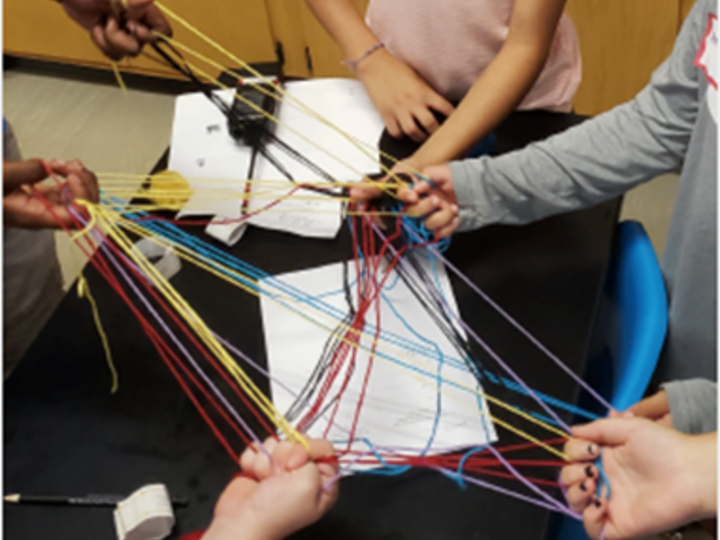
Network Science
Ecology
Youth will understand that taking away nodes in a network sometimes means simply changing what the network looks like and other times can lead to a total collapse of the network (breaking all of the links/ties). They will be able to describe how a model gives insights to real world phenomena related to ecology.
Download
Network Science
Genealogy
Youth will understand how network models are used by geneticists to better understand genetic inheritance. They will be able to visualize how traits flow (or do not flow) from generation to generation by using a model family tree network, discern the direction of flow in relation to inheritance, and practice modeling the flow of inherited traits with an inheritance tree.
Download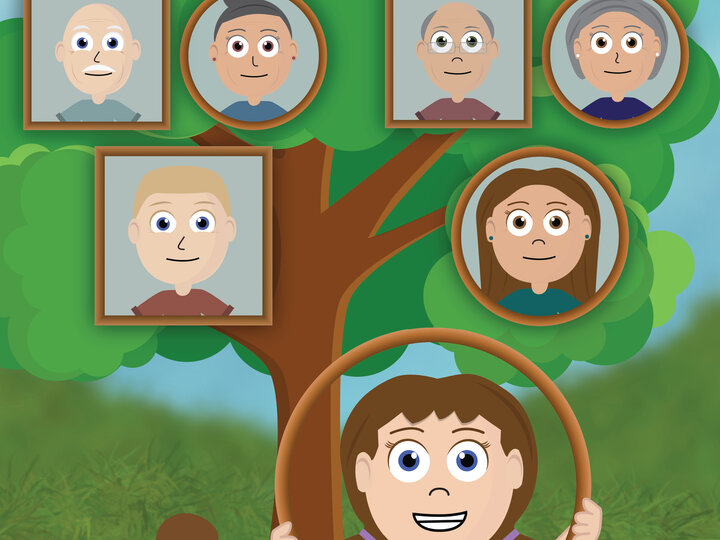
Network Science
Fish Supply
Youth will understand how being a part of a network influences an individual’s decision-making in addition to understanding positions of power within a fish supply network. They will be able to identify the transfer of fish and money in a supply chain network while seeing how each participant’s goals compete with one another and are balanced by the network.
Download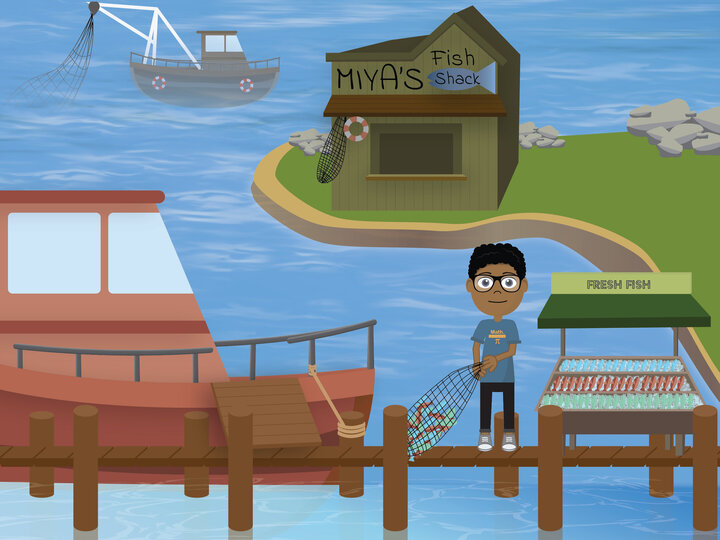
Network Science
Play Dough Liaisons
Youth will understand the basic concept of brokerage roles and their applications to health communication through gameplay. They will be able to demonstrate how liaisons, a form of broker, have more power than others in communication networks.
Download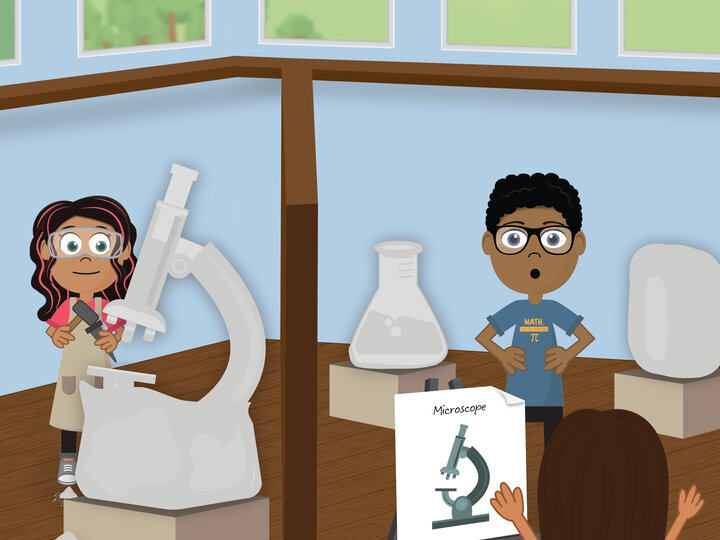
Research Publications
Exploring the associations of afterschool science participation and friendships with science identities
by Patricia Wonch Hill, Grace M. Kelly, Julia McQuillan, Jorge Ledesma, Miranda Melson & G. Robin Gauthier (2024); Originally published in Research in Science Education
In this study, we explore associations among youth participation in afterschool science clubs, peer friendship groups, and science identity. We find that youth who participate in afterschool science clubs have higher science identities than those who do not participate. Additionally, having friends in afterschool science clubs is associated with higher science identity, even among students who report not participating in clubs themselves. Results suggest that afterschool science clubs support youth science identities, even beyond those who directly participate.
Read more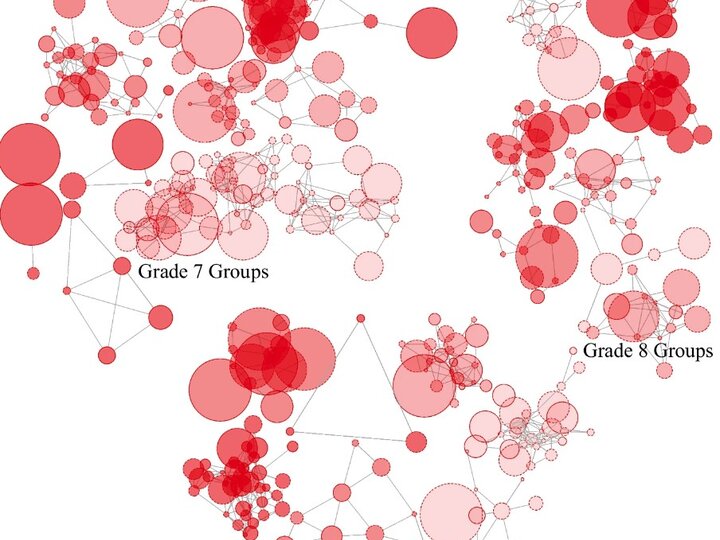
Case study
Mapping teacher informal advice networks as a tool for district administrators
by Patricia Wonch Hill, Grace Kelly, Julia McQuillan, Michelle Phillips, Miranda Melson, and James Blake (2023); originally published in Science Educator
We describe a case study involving a partnership of university researchers and a district science curriculum specialist who collected survey data to map district teacher informal advice-seeking networks. We also describe the kinds of network analysis information that science education leaders can use to make strategic decisions about the costs and benefits of efforts directed at all teachers (e.g. workshops, annual professional development time) and those directed at highly connected teachers who can become or already are informal leaders in their communities.
Read more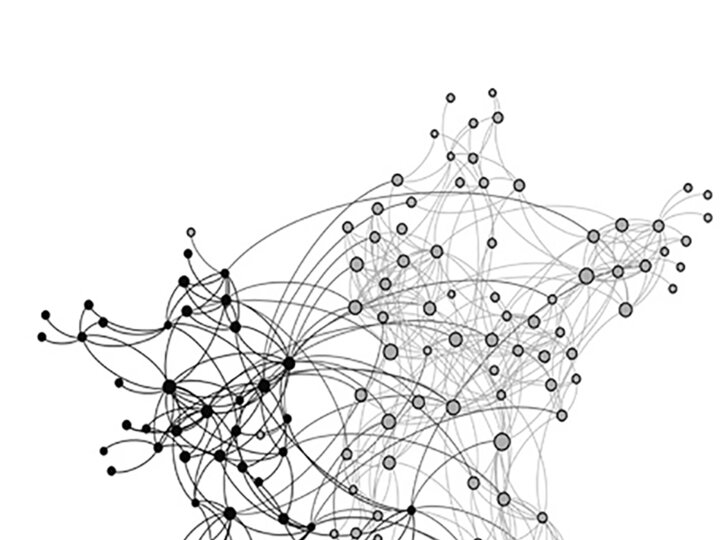
More Research
Decline is not inevitable: Changes in science identity during the progression through a U.S. middle school among boys and girls
McQuillan J, Hill PW, Jochman J, Kelly G. 2023. Decline is not inevitable: Changes in science identity during the progression through a U.S. middle school among boys and girls. Socius: Sociological Research for a Dynamic World, 9:1-16. DOI: 10.1177/23780231231152195.
Abstract
In the United States, science capital is important for navigating many aspects of life. Yet during middle school, science interest declines more for girls than boys. It is unclear, however, whether science identity also declines during the middle school years and if there are differences by gender. The authors advance prior research by modeling changes in science identity and associations with changes in identity-relevant characteristics using growth curve analyses on four waves of data from 760 middle school youth. For girls and boys, science identity changes over time; about 40 percent of the variance is within-person change, with the remainder explained by aggregate between-person differences. The associations of all identity-relevant characteristics with science identity are not significantly different for girls and boys, yet declines in average values of identity-relevant characteristics are larger for girls than boys.
NebrASKa Voices survey methodology report
Jochman J, McQuillan J, Kelly G, Hill PW, Leadabrand M. 2023. NebrASKa Voices survey methodology report; Including missing data handling and creating a raked weight variable using iterative proportional fitting. Digital Commons@University of Nebraska–Lincoln, digitalcommons.unl.edu/wrldconnex/7.
Accuracy of COVID-19 knowledge among youth: Number of information sources matters
Hill PW, Diamond J, Spiegel AN, VanWormer E, Leadabrand M, McQuillan J. 2022. Accuracy of COVID-19 relevant knowledge among youth: Number of information sources matters. PLOS ONE, 27 Dec 2022. DOI: 10.1371/journal.pone.0267871.
Abstract
Can comics effectively convey scientific knowledge about COVID-19 to youth? What types and how many sources of information did youth have about COVID-19 during the pandemic? How are sources of information associated with accurate COVID-19 knowledge? To answer these questions, we surveyed youth in grades 5–9 in a Midwestern United States school district in the winter of 2020–2021. The online survey used measures of COVID-19 knowledge and sources, with an embedded experiment on COVID-19 relevant comics. Guided by an integrated science capital and just-in-time health and science information acquisition model, we also measured level of science capital, science identity, and utility of science for health and society. The school district protocol required parental consent for participation; 264 of ~15,000 youth participated. Youth were randomly assigned one of four comic conditions before receiving an online survey. Results indicate that, similar to knowledge gains in comic studies on other science topics, reading the comics was associated with 7 to 29% higher accuracy about COVID-19. We found that youth reported getting information about COVID-19 from between 0–6 sources including media, family, friends, school, and experts. The bivariate positive association of news versus other sources with accuracy of knowledge did not persist in the full model, yet the positive association of a higher number of sources and accuracy did persist in the multivariate models. The degree of valuing the utility of science for their health moderated the number of sources to accuracy association. Those with less value on science for health had a stronger positive association of number of sources and accuracy in COVID-19 knowledge. We conclude that during a pandemic, even with health and science information ubiquitous in the news media, increasing youth access to a variety of accurate sources of information about science and health can increase youth knowledge.
Replicating or franchising a STEM afterschool program model: Core elements of programmatic integrity
Stevenson N, Sommers AS, Grandgenett N, Tapprich W, McQuillan J, Phillips M, Jensen R, Cutucache C. 2022. Replicating or franchising a STEM afterschool program model: Core elements of programmatic integrity. International Journal of STEM Education. 2022;9(1):10. PubMed PMID: 35106273; PubMed Central PMCID: PMC8795932; DOI: 10.1186/s40594-021-00320-0.
Abstract
Background: Designed in 2012 with a first implementation in 2013, NE STEM 4U is a professional development program for post-secondary students/undergraduates, and serves as a source of outreach, content knowledge generation, and STEM literacy for youth in grades kindergarten through 8th grade (ages 5-14). The model empowers post-secondary students as facilitators of inquiry-based learning within the context of an out-of-school time program. This study investigated the potential for replicating or 'franchising' this model by evaluating on the following: (1) Is the model replicable? And, if so, (2) what core elements are necessary for program fidelity? And (3) is there a dependency on a particular setting/participant type (e.g., a more rural or urban setting)?
Results: Strategic expansion of the program to different institutional types (i.e., Research 1, Research II, and a predominantly undergraduate institution), different geographical locations (i.e., rural and urban), and with various school district partners (i.e., large and small) determined that program fidelity and replicability required 4 core elements or criteria: (i) intentional programming, (ii) staff quality, (iii) effective partnerships, and (iv) program evaluation and continuous improvement. Importantly, we examined emergent themes by each site, as well as in combination (n = 16 focus group participants, n = 12 reflection surveys). These data indicated that Flexibility (21.22%), Student Engagement (i.e., Youth) (19.53%), Classroom Management (i.e., also pertaining to youth) (19.31%), and Communication (15.71%) were the themes most referenced by the post-secondary student mentors in the NE STEM 4U program, regardless of site. Finally, the YPQA results demonstrate general replication of program quality in a "franchise" location.
Conclusions: These results highlight the core elements of the NE STEM 4U program for consideration of expansion (through strategic replication or 'franchising') as a possible international model. The findings and voices highlight the program's trajectory toward success into environments that expand professional development for post-secondary students, and for delivering STEM opportunities for youth.
Supplementary information: The online version contains supplementary material available at 10.1186/s40594-021-00320-0.
Keywords: Afterschool program; Educational organizational leadership; NE STEM 4U; Out-of-school time programming; Outreach; Program fidelity; STEM.
Expanding graduate education and career placement through community-engaged research
McQuillan J, Hill PW, M Leadabrand. 2022. Expanding graduate education and career placement through CER. Footnotes: A Magazine of the American Sociology Association 50(1): Winter 2022.
Developing pandemic comics for youth audiences
Diamond J, Spiegel A, Hill TW, VanWormer E, Gaiashkibos J, Hall B, Sutherlen A, McQuillan J. 2021. Developing pandemic comics for youth audiences. Journal of STEM Outreach. 2021 Jul;4(2):10.15695/jstem/v4i2.03. doi: 10.15695/jstem/v4i2.03. Epub 2021 Jul 19. PMID: 34532652; PMCID: PMC8443080.
Abstract
In spring 2020 our team received funding from the Rapid Response Research program of the National Science Foundation to develop comics that would help youth understand the COVID-19 pandemic. Our project built on a decade of expertise creating comics about the biology of viruses. In collaboration with virologists and artists, we developed three comic stories about COVID-19 during the pandemic and posted them on-line during the last half of 2020. The fictional narratives address fundamental issues in biology, virology, and network science, in order to help readers understand the complexities of living through a viral pandemic. The stories focus on three themes: the biology and social context of the COVID-19 virus; the relationship of wild animals, particularly bats, to the pandemic; and the impact of the pandemic on Tribal communities. We describe the challenges of comic development during the pandemic and the feedback from youth on whether the comics were appealing, interesting, and understandable. The stories were posted on worldofviruses.unl.edu and are published by the University of Nebraska Press as the book, C'RONA Pandemic Comics, with essays for youth about the virus and the pandemic.
Books
Amplifying Informal Science Learning
Fostering Youth STEM Identities Through Social Network Connections in Informal Science Settings
Worlds of Connections team members contributed the chapter "Fostering Youth STEM Identities Through Social Network Connections in Informal Science Settings" to the book Amplifying Informal Science Learning: Rethinking Research, Design, and Engagement, edited by senior personnel Judy Diamond and her colleague Sherman Rosenfeld.
Read more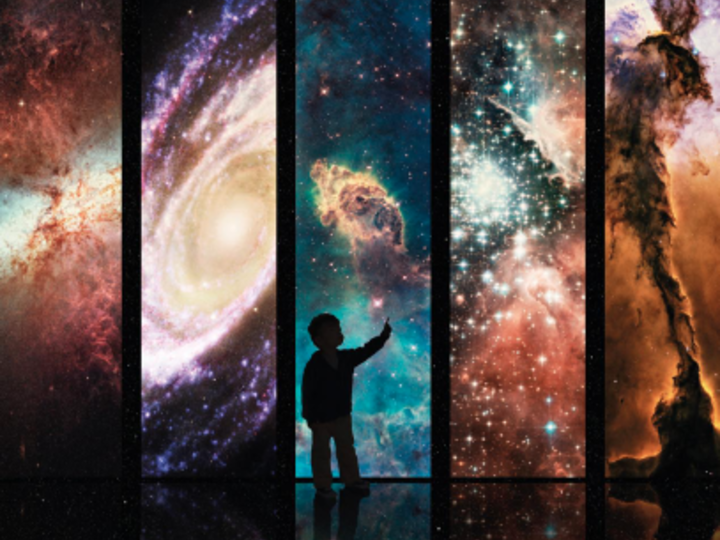
Vaccinate
Posters from the COVID-19 Pandemic
The book Vaccinate: Posters from the COVID-19 Pandemic was developed with support from a SEPA administrative supplement to address vaccine hesitancy. This volume of collected artwork is the culmination of the Vaccinate poster project and features work from artists in Lincoln, Nebraska, and beyond!
Download
C'rona Comix
C'rona Pandemic Comics was supported in part by the Worlds of Connections SEPA and includes an essay by Worlds of Connections team members titled "Tracing Connections to Stop a Pandemic."
C’rona Pandemic Comics is also available for purchase from University of Nebraska Press.
Read more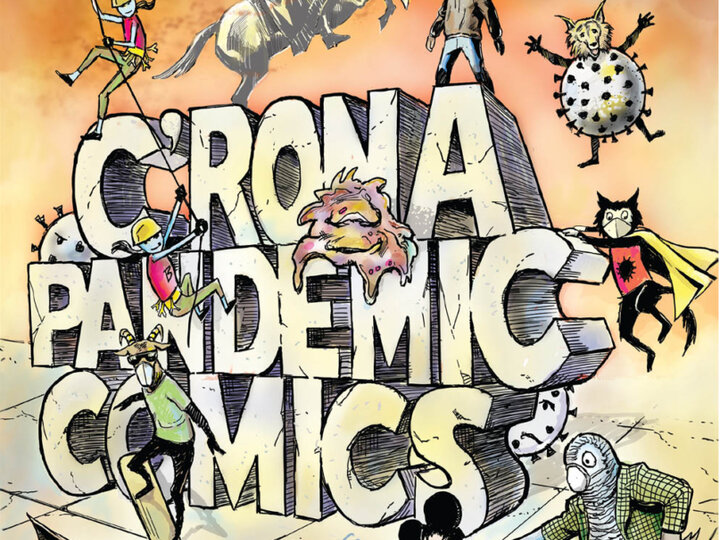
Additional Resources
LPS-UNL Science Connector 2023
Directory
View a directory of UNL researchers who participated in the 2023 LPS-UNL Science Connector, a school districtwide science teacher professional learning event co-hosted by Worlds of Connections.
Read more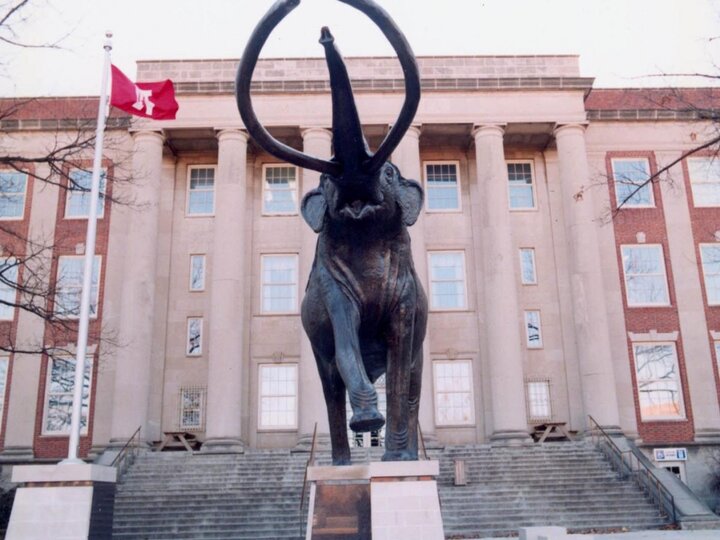
UNL-LPS Science Connector 2024
Directory
View a directory of UNL researchers who participated in the 2024 LPS-UNL Science Connector, a school districtwide science teacher professional learning event co-hosted by the Center for Science, Mathematics and Computer Education.
PDF

This website is supported by the Worlds of Connections SEPA [R25GM129836] at the University of Nebraska–Lincoln, funded by the National Institute of General Medical Sciences of the National Institutes of Health. This content is solely the responsibility of the creators and does not necessarily represent the official views of the National Institutes of Health or the University of Nebraska.
